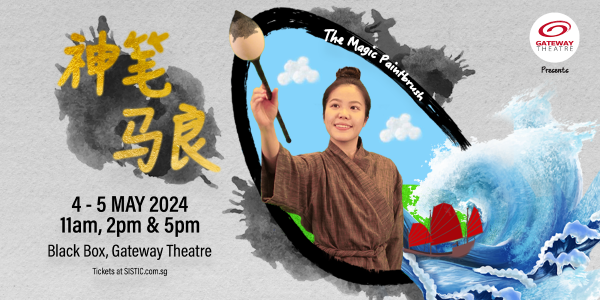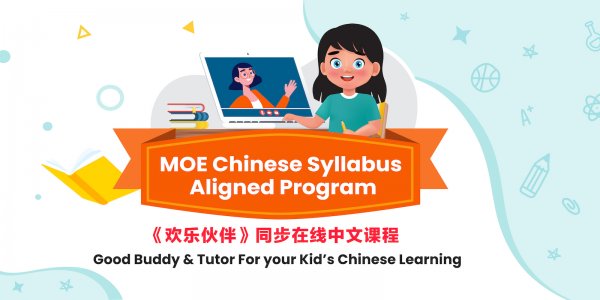A Brief History
The approach is named after the Italian city of Reggio Emilia, and was developed by Loris Malaguzzi, a teacher himself and the villagers who lives around Reggio Emilia after World War II. As parents build new schools to replace those destroyed in the war, they sought to create schools where children could acquire the skills of critical thinking and collaboration essential to rebuilding and ensuring a democratic society (Italy was ruled by a dictator during WWII, and brought destruction to the country). The approach only caught on in the United States after an annual conference of the National Association for the Education of Young Children in 1987. However, it is to be noted that there is no single definition of a Reggio Emilia approach, nor is there any training institute to become a Reggio Emilia teacher. Most of the schools we see in Singapore are “Reggio-inspired” and cater to the needs of Singapore residents.
The Reggio Emilia Perspective
Several fundamental principles outlines some of the basic assumptions about the child and various actors in the pre-school environment. First of all, children are seen as capable of constructing their own learning process without direct instructions from adults. Hence, children are free to pursue their interest and are not restricted in the topics that they can explore. Secondly, the parents are seen as the “first teacher” and are actively involved in the learning process. Many pre-schools have regular parent-teacher meetings to gather the parent’s input when planning activities for the children. Thirdly, the environment of the school is seen as the “third teacher”, as the child can make sense of the world around them through interactions with his/her environment. Lastly, the teacher is seen as a facilitator, not to lead the lessons but to listen and understand the children’s interests, and providing ample opportunities and material to explore their interests.
The Reggio Emilia Classroom
As mentioned earlier, there is no single definition of a Reggio Emilia approach. However, some features that can be found in the classroom of Reggio-inspired Pre-school in Singapore are as follows:
- Teachers actively listens to the interest of the children and adjust the lesson accordingly. For example, if the children display interest in the moon during a general discussion about the solar system, the teacher will tweak the lesson to focus on the moon instead.
- The pre-schools are generally characterized by wide, open space, uncluttered and awash with natural light. Classrooms open to a central common area where children can interact with each other, with an unimpeded view of and access to the surrounding community via wall-size windows, courtyards, and doors.
- Hands-on learning materials that encourage children to use all their senses.
- Visible display and documentation of children’s works on the wall and other display area.
- The use of long-term projects based around topics of interest as a tool for learning. It is where small groups of children work together on projects like the growing of plants.
How Does This Benefit My Child?
- Learning is child-centred, allowing each child to learn at their own pace, on topics that interests them. This is especially good for children with short-attention span, as they only need to pay attention to things that interest them in the first place.
- Project works develop the child’s social and problem-solving skills.
- The conducive environment inculcate intellectual curiosity and help develop a passion for learning.
- A greater understanding of nature and the world around them due to the interaction between the environment and the children.
We hope that the article will be able to help you understand a little bit more about the Reggio Emilia approach and the benefits it brings to your child.
LATEST HAPPENINGS

Debate Workshop: The Path to World Championship
27th Apr 07:30 AM ~ 28th Apr 08:00 PMUWC South East Asia (East Campus) Read More
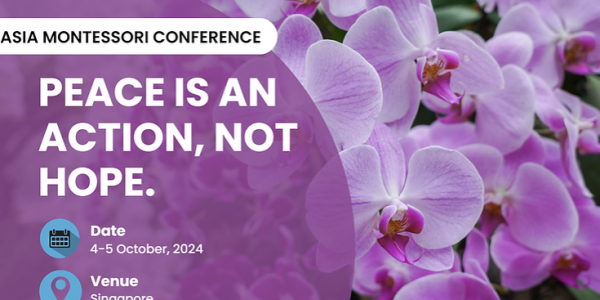
Asia Montessori Conference 2024
4th Oct 09:00 AM ~ 5th Oct 06:00 PMSands Expo & Convention Centre Read More
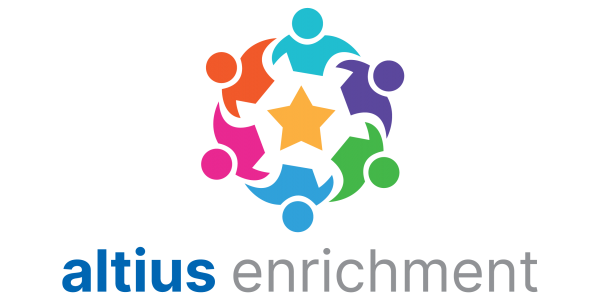
Altius Enrichment Student Care Centre
22nd Nov, 2023 03:25 AM ~ 31st Dec, 2024 03:25 AMTiong Bahru Read More
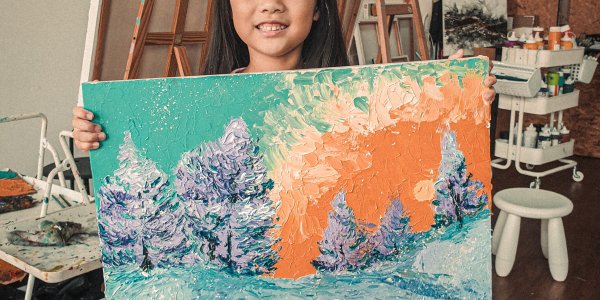
Painting Trial Lesson @ White Canvas Studio
1st Jan 12:00 AM ~ 1st Jan, 2025 12:00 AMWhite Canvas Studio Read More
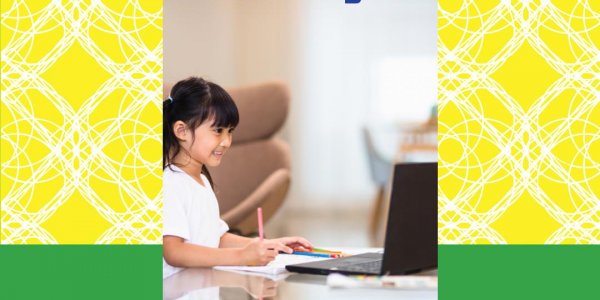
InnoSage Online Chinese Immersion Programme
9th Aug, 2023 05:00 AM ~ 6th Dec, 2031 10:00 PMRead More
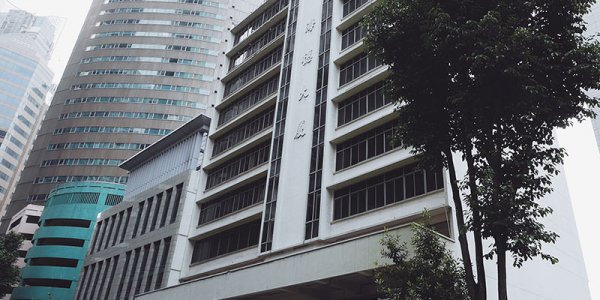
Learn a New Language at Oxford Language Academy!
3rd Jan, 2018 09:50 AM ~ 19th Jan, 2038 11:14 AMRead More
FIND A PRESCHOOL NEAR YOU
Type in your place’s postal code, click search and
See all Preschools near your place.
GET REAL TIME UPDATES
On Events And Offers From Childcare Centres Near You
Spend your time playing with your children instead of searching the web for the right preschool.
Leave Your Preschool Hunting Job to Us


